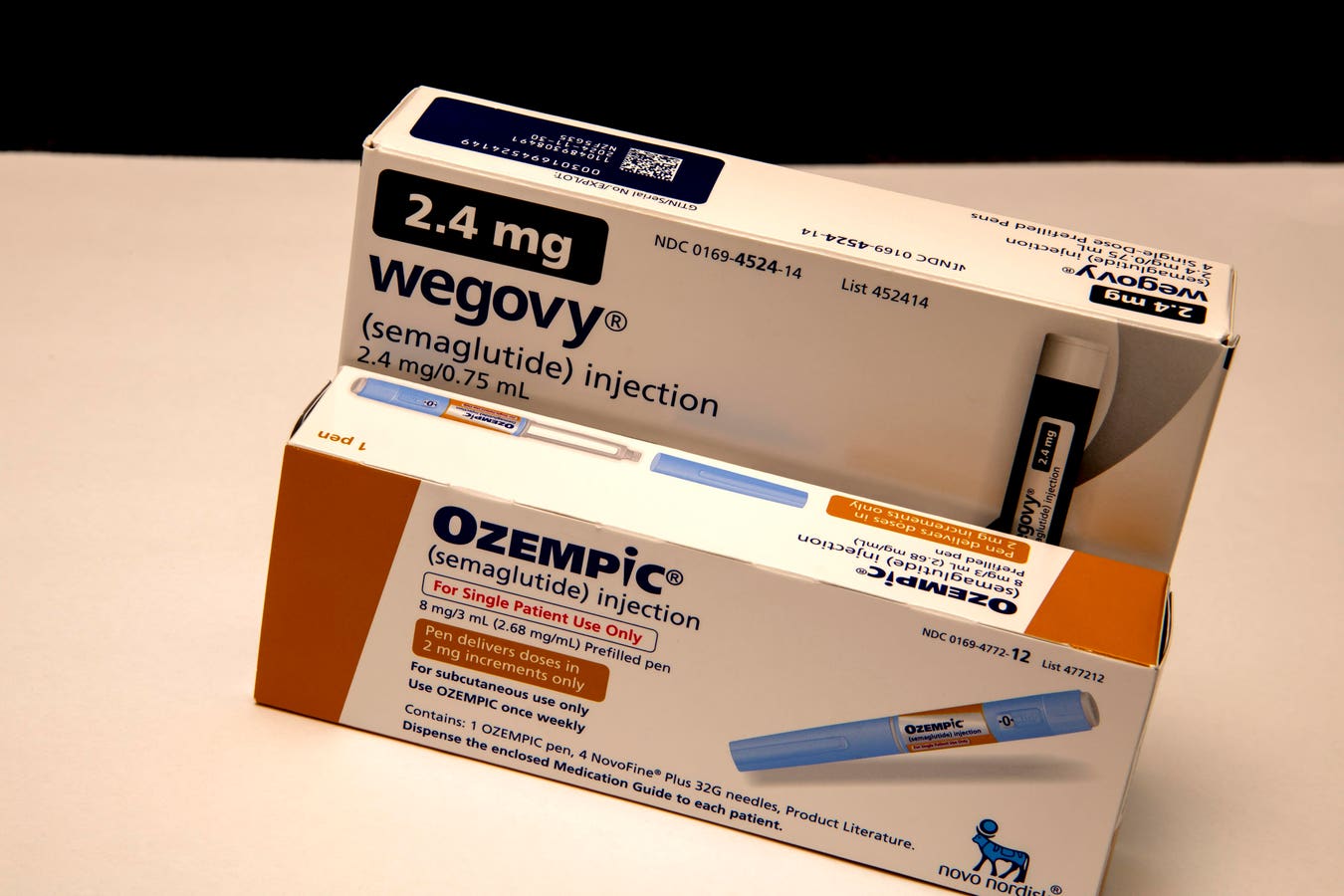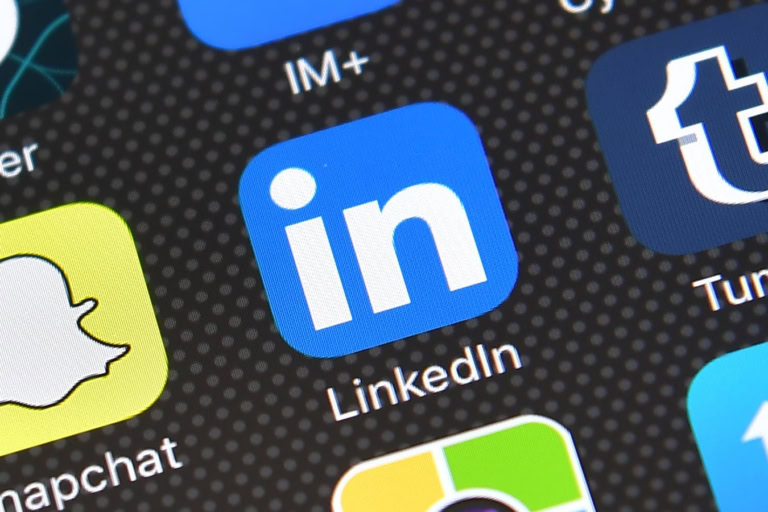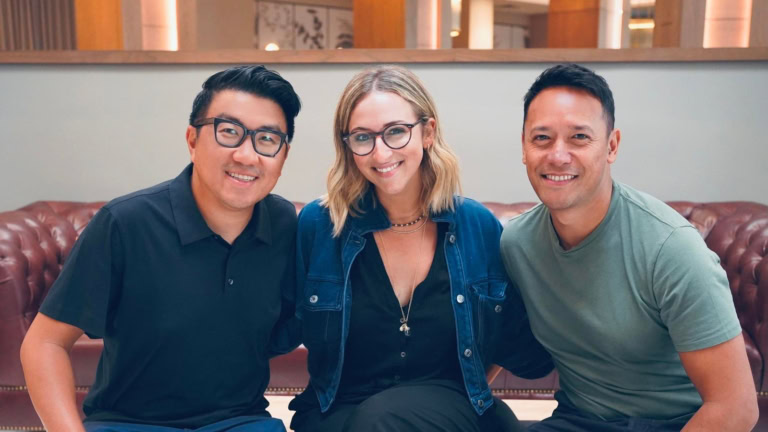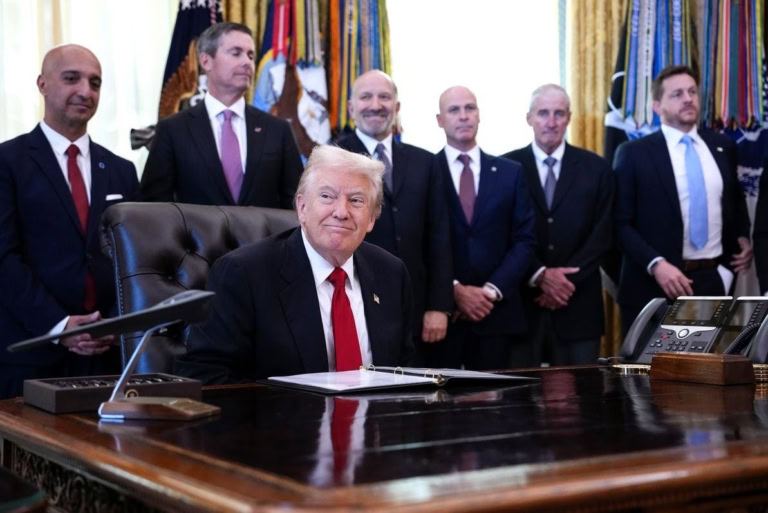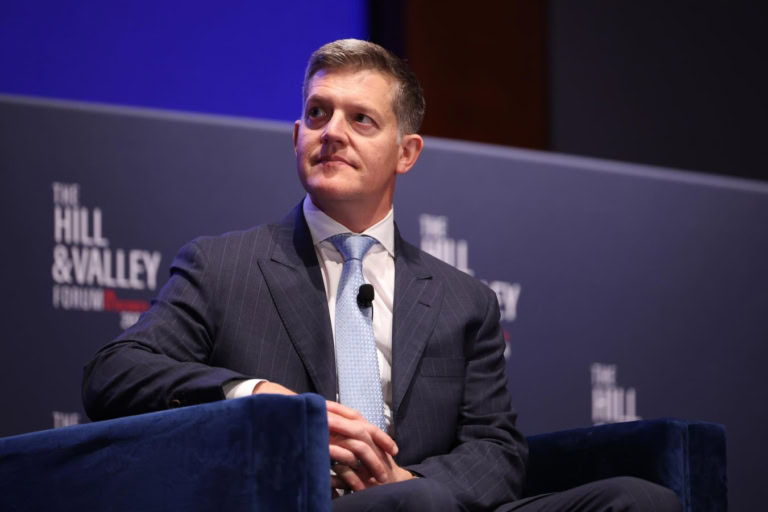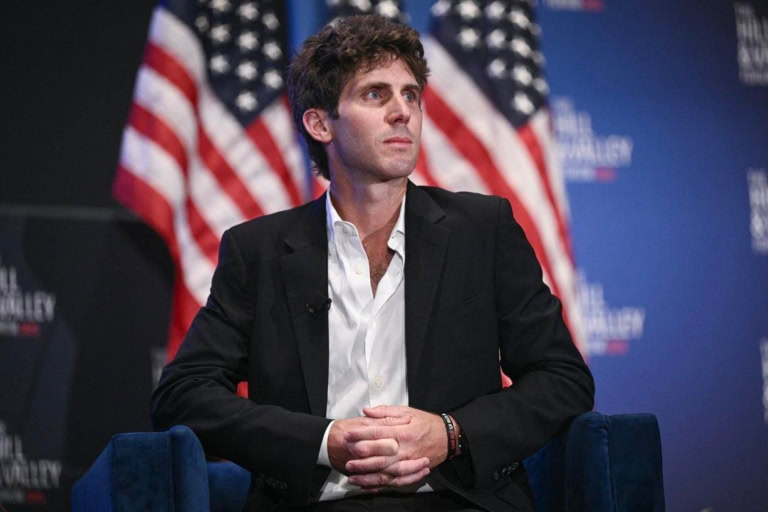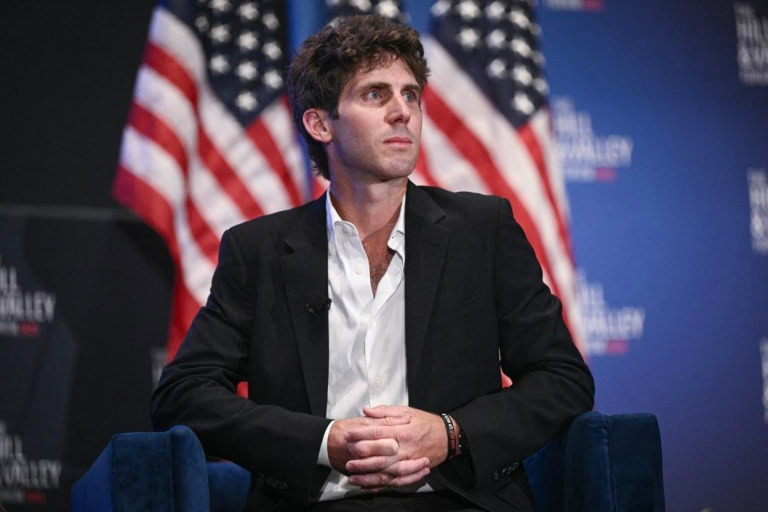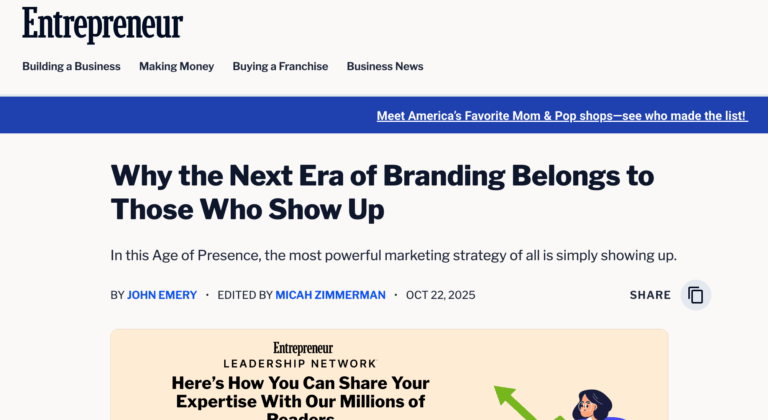As demand surges for semaglutide alternatives like compounded GLP-1 medications, telehealth platforms, compounding pharmacies, and personalized medicine are exposing cracks in the FDA’s regulatory system—and reshaping the future of pharma.
I. Introduction: A Fork in the Big Pharma Road
When Novo Nordisk publicly rebuked Hims & Hers for offering compounded GLP-1 medications, it wasn’t just a dispute over one drug–it was a proxy war for the future of medicine.
That war played out on the biggest stage in media: the Super Bowl. In 2025, Hims & Hers aired a provocative national ad promoting compounded GLP-1 medications as a lower-cost, accessible alternative to Big Pharma’s pricing. The campaign drove a 650% spike in traffic, but it also triggered regulatory backlash and public warnings from pharmaceutical companies.
A year earlier, in 2024, BlueChew, a telehealth platform offering chewable versions of ED drugs, made waves as a prominent sponsor of the Super Bowl. Though it didn’t air an official commercial, its presence marked a turning point: compounder-powered DTC platforms were no longer operating in the shadows.
Hims & Hers is a consumer telehealth company incubated by startup studio Atomic; although it is not physician-founded, it is backed by a network of licensed providers. By contrast, behind BlueChew’s cheeky marketing is a scaled, physician-founded infrastructure, powered by Meds Health LLC, a licensed compounding pharmacy. With more than 400,000 active subscribers and a direct-to-patient model built on convenience, customization and discretion, BlueChew represents a new breed of platform—one that blends regulatory savvy with mainstream clout. After its Super Bowl sponsorship in 2024, the company saw a notable surge in new customers, signaling how far compounder-led platforms had moved into the cultural mainstream, combining customization and convenience with cultural clout.
These two flashpoints, Novo’s crackdown and Hims’ Super Bowl debut, frame a broader transformation: What happens when demand for affordable, personalized medicine outpaces the system built to regulate it?
As costs soar, shortages drag on and one-size-fits-all drugs leave patients behind, compounding pharmacies are emerging a corrective to a system engineered for scale but not nuance, efficiency but not empathy. In their wake, they expose the industrial logic of Big Pharma, the brittle promise of digital health and the regulatory scaffolding that can no longer contain the real world of care.
This bar chart illustrates U.S. sentiment around affordability of GLP-1 medications, highlighting why patients increasingly seek compounded alternatives.
A timeline below traces major inflection points: from regulatory reform to public rebukes, telehealth booms, and Super Bowl ads.
II. What Are Compounding Pharmacies—And Why They’re Surging
Once considered a niche corner of pharmacy practice, compounding has reemerged as a frontline solution to the failures of the modern drug market. At its core, compounding involves custom-formulating medications tailored to a patient’s needs, such as different doses, allergens removed, or combinations not otherwise available.
There are two main regulatory designations: 503A pharmacies, which compound prescriptions for individual patients, and 503B outsourcing facilities, which are allowed to compound in bulk under stricter FDA oversight. Both have seen increased demand as patients and providers seek solutions beyond traditional pharma pipelines.
Compounding is no longer limited to rare use cases. It’s stepping in where the industrial model falls short: overpriced brand-name drugs, chronic shortages, rigid dose formulations, and one-size-fits-all products. The impact is especially clear in categories like:
- GLP-1s (for weight management and diabetes)
- Dermatology (including telemedicine platforms like Musely)
- Hormone replacement therapy (HRT)
- Thyroid and adrenal care
- Pain management
- Veterinary and ophthalmic treatments
Demand for compounding is surging, and the system isn’t sure how to keep up.
III. GLP-1 Drugs: The Catalyst That Changed Everything
Few categories have changed the healthcare conversation like GLP-1 drugs. With skyrocketing demand for semaglutide and tirzepatide (popularized under brand names Ozempic, Wegovy, Zepbound, and Mounjaro), the stage was set for a compounding boom.
When supply couldn’t meet demand, compounders began producing alternatives—some with legitimate sourcing and clinical rigor, others in clear violation of FDA guidance. In some cases, compounders used non-equivalent salt forms, while others mass-produced for telehealth platforms in ways that skirted individual prescription rules.
Novo Nordisk and Eli Lilly began pushing back. But rather than cooling the space, it fueled a larger conversation about access, affordability, and pharmaceutical gatekeeping.
IV. From Telehealth to Topicals: The New Frontier of Personalized Medicine
Compounding’s evolution isn’t limited to GLP-1 drugs. A wave of VC-backed startups and PE-backed companies are rebranding compounding as a tech-enabled, consumer-first digital health service. In dermatology, platforms like Musely have pioneered Rx-based teledermatology, offering affordable, customized treatments for acne, melasma, hyperpigmentation, anti-aging, and hair loss. HRT and thyroid treatments have also surged, especially among patients underserved by conventional options. VC-backed startups Midi Health and Paloma Health are leaders in the HRT and thyroid care.
What ties these use cases together? Platforms powered by compounders offering medications Big Pharma never prioritized: low-cost combo topicals, precise dosing, and nonstandard formats that reflect real-world patient needs.
V. Access vs. Oversight: The Compounding Dilemma
A central tension in the battle between compounding pharmacies and Big Pharma lies in the trade-off between access and safety is: access versus safety. Compounded medications offer flexibility and affordability, but can come with oversight challenges. State boards vary widely in enforcement, and the FDA’s current framework doesn’t cleanly map onto hybrid telehealth-compounding platforms.
Salt form confusion, sourcing concerns, and inconsistent quality have raised red flags. But so have the forces pushing patients toward compounding in the first place: brand drugs priced out of reach, limited insurance coverage, and middlemen who distort access.
Shaun Noorian, founder and CEO of Empower Pharmacy, said it plainly:
“The most expensive part of your medication isn’t the drug. It’s the middleman. PBMs, wholesalers, insurance layers… they all touch the product but add zero clinical value. And patients are the ones who pay for it.”
“Most people think compounded medications are fringe. The truth? They’re often the only personalized option that exists… But the system treats compounding like a loophole instead of a lifeline,” he added.
In a recent post, Geoff Cook, founder of NOOM, echoed this theme:
“If a life-saving drug costs 5–10x more in the US… isn’t it effectively in short supply? Compounded meds expand access: 2 in 3 (66%) say they would prefer this option if brand-name meds were priced too high.”
His proposal for a High-Priced Drug List would allow compounders to fill the gap when U.S. drug prices exceed global norms, treating affordability as a public health imperative.
VI. Big Pharma’s Fragile Empire
Compounding didn’t invent the access crisis—it emerged from it. Pharma’s grip on pricing, prolonged development cycles, and lobbying power left patients with fewer choices. GLP-1s cost around $1,000 per month in the U.S. versus approximately $100 elsewhere. Thyroid meds have seen recurring shortages. Additionally, many multi-drug topicals are not available in standard pharmaceutical supply chains.
So patients—and telehealth startups—went elsewhere.
Compounding didn’t invent the access crisis—it emerged from it.
As Empower Pharmacy’s public response to Eli Lilly made clear, compounders are no longer passive players. They’re scaling infrastructure, leaning into transparency, and directly challenging pharma dominance.
VII. Comparison Table: The Tradeoffs in Plain Sight
This side-by-side chart helps clarify the tradeoffs. Compounding offers speed, customization, and price advantages—but with regulatory gray zones. Big pharma guarantees safety and trials, but often at the cost of access. DTC platforms blur the lines.
Patients are left to navigate a fragmented maze.
VIII. Regulating the Unregulated: FDA Drug Rules in a Telehealth Era
The FDA enforces outdated rules written for an era before cloud pharmacies and TikTok medicine. State boards vary widely in scope. And compounders are now attracting private equity interest, with some even exploring IPOs.
Telehealth has made medicine borderless, but the law hasn’t caught up. When the pharmacy, provider, and platform are all vertically integrated, who’s accountable?
IX. The Misinformation Machine: Big Pharma’s Narrative Strategy
In early 2025, the FDA announced that shortages of semaglutide and tirzepatide had been resolved. As a result, emergency compounding permissions ended: April 22 for traditional 503A pharmacies and May 22 for 503B outsourcing facilities. The agency also flagged dosing errors—particularly in multi-dose vials—and called for stronger oversight.
Fallout was swift. Hims & Hers lost nearly 30% of its market value after Novo Nordisk terminated their partnership over the platform’s continued sale of compounded semaglutide. Some startups, including Noom, began offering micro-dosed or reformulated compounds to navigate legal gray zones.
With federal routes closing, pharmaceutical companies focused on shaping public opinion and state-level regulations.
Controlling the Narrative Through Media
Beginning in 2024, stories warning of “fake Ozempic” and compounded GLP-1 dangers flooded outlets like CNN, NBC, and The New York Times. These articles often referenced ER visits tied to unregulated imports—not licensed 503A or 503B compounders—but failed to clarify the distinction.
Industry-backed groups supplied data, quotes, and patient stories that blurred lines between rogue operations and compliant compounders. Even respected medical journals published concerns about “non-equivalent formulations,” rarely noting that 503B facilities must follow FDA cGMP standards and source ingredients from registered suppliers.
Applying Pressure at the State Level
With the FDA declining to ban compounded GLP-1s outright, trade groups shifted focus to state regulators. They distributed model legislation, legal memos, and comment templates calling for restrictions that echoed FDA-approved labels—moves that would effectively ban personalization.
Some state boards adopted near-verbatim language, proposing burdensome documentation requirements or strict adherence to branded drug dosages—even when prescribed differently by licensed physicians.
The result? Providers pull back. Pharmacies hesitate. Patients lose access—not because of scientific evidence, but because of pressure-driven policy.
X. A Patent Battle Brews: Compounders Test Big Pharma’s Drug Patents and GLP-1 IP
Empower Pharmacy has petitioned the U.S. Patent Trial and Appeal Board to invalidate Eli Lilly’s tirzepatide patent, arguing it’s unpatentable due to prior art.
The case targets the core IP behind Lilly’s GLP-1 drugs Mounjaro and Zepbound. If successful, it could weaken Lilly’s exclusivity and open the door for broader compounding—regardless of FDA shortage status.
This marks a strategic shift: compounders are no longer just filling access gaps. They’re testing the legal boundaries of pharmaceutical exclusivity.
XI. Regulatory Double Standards: How Big Pharma Stays Protected
While Big Tech faces increasing antitrust scrutiny, Big Pharma often enjoys broader protections. The Hatch-Waxman Act, originally intended to balance competition, is now used for “evergreening” tactics that extend monopolies through minor tweaks.
Top-selling U.S. drugs average over 70 patents and up to 40 years of exclusivity, according to a 2023 report by the Initiative for Medicines, Access & Knowledge (I-MAK).For comparison, top tech companies average around 38 patents and 20 years of product lifecycle protection.
Even the FTC has started to flag abuses in the Orange Book system. But reform remains slow.
XII. What Responsible Compounding Could Look Like
It’s not all murky. Some 503B compounders are partnering with health systems and operating with transparency, traceability, and physician collaboration. Hybrid models, like those pursued by Empower and others, could become the norm.
Shaun Noorian said:
“Personalized medicine isn’t the future. It’s already here.”
“We built Empower to bypass the noise. Our model is direct, transparent, and obsessively focused on one thing: getting quality, affordable medicine into patients’ hands without friction, markup, or delay.”
XIII. Conclusion: Not a Loophole—A Signal for the Future of Personalized Medicine
The rise of compounding isn’t an aberration. It’s a referendum on a broken model that prices people out, stalls innovation, and criminalizes workarounds.
Patients aren’t just seeking cheaper care. They’re rejecting the alliance of Big Pharma monopolies, opaque middlemen, and regulation built for a different era. They want a healthcare system that reflects the complexity of their lives, not the rigidity of a legacy industry.
Unlike tech, where monopolistic behavior is now regularly checked, Big Pharma still enjoys extraordinary protections—even when the consequences are life-or-death. Empower’s petition may not reshape the industry overnight, but it forces a reckoning: If we’re willing to regulate app stores, why not monopolies that control access to life-saving drugs?
There are signs, however, that the landscape may be shifting. As Big Tech companies like Amazon expand deeper into healthcare, and as venture capital and private equity increasingly back telehealth platforms acquiring or partnering with compounding pharmacies, the power dynamics are starting to evolve. The next wave of disruption may not come solely from regulators—but from market players with the scale and capital to challenge entrenched monopolies from within the system.
When GLP-1 drugs and other medicines are priced like a luxury and regulated like a fortress, people will find another door. Compounders didn’t build the system—they just exposed it. The question now isn’t whether compounding is safe, but whether the system it challenges ever truly was.
Read more: The GLP-1 Revolution—Everyone (And Their Moms) Are On GLP-1s
